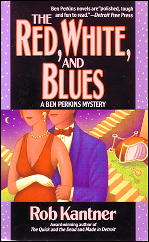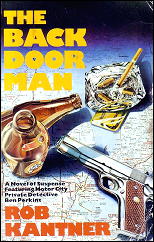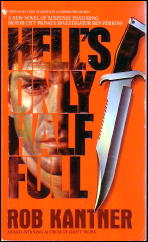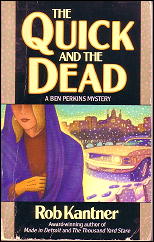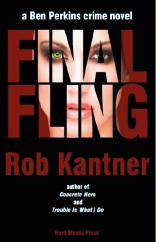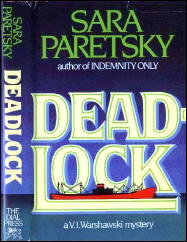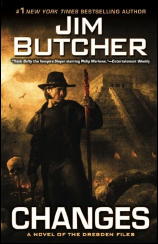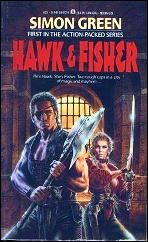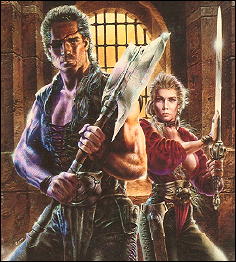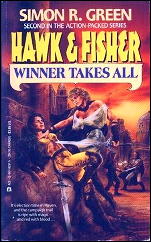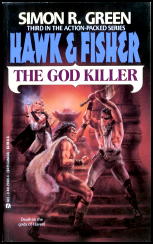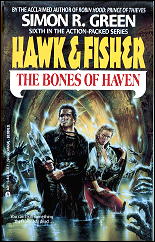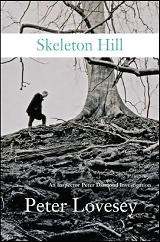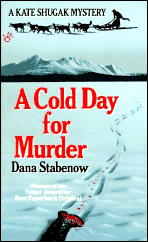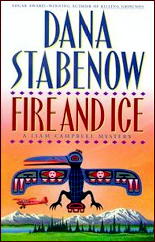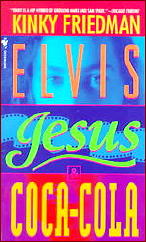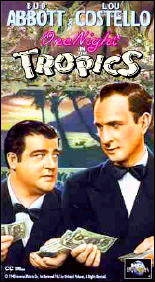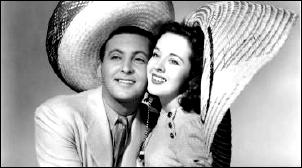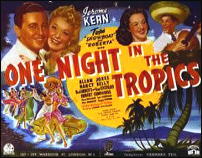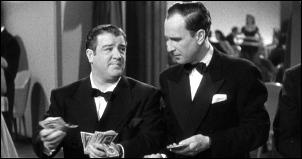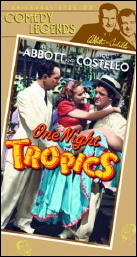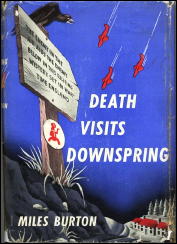A REVIEW BY JIM WIDNER:
JOHN DUNNING – Two O’Clock, Eastern Wartime. Scribner, hardcover, 2001. Paperback reprint: Pocket, 2002.
In John Dunning’s 2001 thriller, Two O’Clock, Eastern Wartime, one of the characters says of radio:
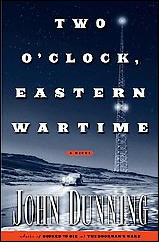
“And listen, the best that radio can do hasn’t even begun yet. Think of it in the Darwinian sense. Radio crawled out of the sea in nineteen twenty, and all this time we’ve been struggling to breathe air, not water. We haven’t even gotten our legs yet but maybe it’s time we at least begin to struggle to stand.”
Radio — dramatic radio — in a sense is one of the characters in the book. One of the main characters, Jordan Ten Eyck, is a writer who discovers the power of dramatic radio writing while he finds himself in the midst of a cracker of a thriller involving Nazi spies, murder and mystery surrounding a fledgling radio station, WHAR, in fictional Regina Beach, New Jersey. The time is 1942.
Dunning, as most old time radio fans know, is no stranger to radio or old-time radio. He is the author of two encyclopedias of the Golden Age of Radio: Tune in Yesterday and On the Air: The Encyclopedia of Old Time Radio.
He also was the host of a radio show, Old Time Radio, in Denver for many years. But Dunning also is a writer of mystery thrillers. This Nero Wolfe Award winner is the author of several other suspense stories, among them Booked to Die and The Bookman’s Wake.
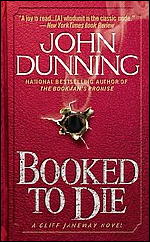
Two O’Clock, Eastern Wartime tells the story of Jack Dulaney, aka Jordan Ten Eyck, and Holly Carnahan. The two were in love years ago but drifted apart after the death of their friend and Jack’s rival, Tom Rooney. Now Jack wants to find Holly again, and with the help of an often-inebriated radio actor friend, Marty Kendall, he begins his trip across America to Pennsylvania, where Tom, Jack, and Holly all lived at one time and was Holly’s last known address.
But Jack encounters only suspicious characters and death along the way and, eventually, finds himself in Regina Beach, New Jersey at radio station, WHAR, looking for work and Holly’s father, Tom Carnahan. It is there that Jordan begins his career as a radio writer and with the WHAR radio community — Rue, Pauline and Hazel, radio actresses; Livia, a sound artist; and Waldo, creator of the magnificent black program, Freedom Road.
Woven into the story is Jordan’s journey into the discovery of the power of radio drama:
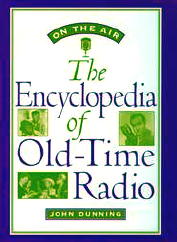
“Now he saw what he had was the rough draft of a half-hour radio play. He felt a surge of inexplicable excitement as he took the next logical step, prose into script in the middle of the page, and again his fingers were flying and all his new awareness was there in the words. He understood demands and restrictions that had never given him a conscious thought, and he saw the story anew. The opening could not linger. Leisure was fine for depth in prose but a story for the ear must begin with the first spoken word of the encounter that will drive it.”
Jordan discovers the power of radio and nothing, it seems, can hold back his thirst for creation as scripts and ideas continue to flood out of him. Later, he discovers that he can move beyond even that thirst by directing his own work. Dunning, through Jordan, makes the power of radio drama come alive.
All the thrill and excitement of the production both as listener as well as participant is explored. Meanwhile, Jordan becomes absorbed in the mystery of what became of Holly’s father, who disappeared from the radio station before their arrival and of one of the radio actor’s, March Flack, who disappeared in 1936. And what about the station’s seemingly ominous owner, Mr. Harford?
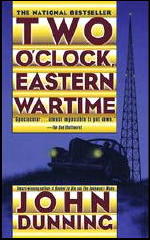
Jordan begins to write powerful and politically explosive scripts to the encouragement of the radio owner and management who hope to return the station to a glorious time before the war. His excitement begins to affect the actors and technicians as production reaches fever pitch.
“Jordan felt the play unfolding in his mind, the cotton fields stretching across most of the known world. He moved his hand: the sun went down. He raised a finger: the new day dawned in an explosion of sound, of horses and rowdies and the unmistakable din of a railroad yard. He stood like God and the universe rolled out at his feet. If he pointed left, Livia gave him London, a different kind of clatter with steel rims on cobblestones and a British flavor to the babble. He swept that away with a thrust of his arm, and in the cross fade sat Charity, three thousand miles away… He couldn’t remember a greater moment as it grew into the evening. This was it. Live radio.”
Surrounding this is Jordan the detective trying to find out what really happened at the station several years before. Using the power of his radio scripts, he attempts to seek out the truth from those who were there.
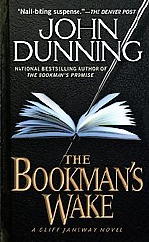
Jordan and Holly both become targets and become wrapped into the intrigue endangering them. The mystery of the German Schroeder boys, George and Peter, the attempts on his life, the mystery around the radio writer, Paul Kruger and his script about the Boer war all need answers for Jordan. The book is full of wonderful characters with stories to tell, who carry their own sense of mystery with them.
There are a number of writers who have written stories framed around early radio, but if you are both a fan of old time radio as well as a mystery thriller fan, then this book will definitely entertain.
John Dunning is a superb writer. As a mystery writer, he is new to this reviewer, but he is certainly an author I will seek out again.
Copyright 2001, 2010 by James F. Widner.
Editorial Comment: Jim Widner has long been involved with Old Time Radio, both as a collector and as a researcher, author and indexer. His web site is devoted to OTR in a historical context at Radio Days. For several years he has also produced a podcast called the Radio Detective Story Hour. Follow the links to each.
